

Matt Campbell
2025 Porsche 911 Carrera T review
5 Days Ago

Senior Contributor
Renault Australia, now under the management of private distributor Ateco, has defied the shrinking overall car market in 2022 by doubling its year-to-date sales over 2021’s tally.
The French company’s local operation reported 3151 sales across its dealers to the end of April, up 98.6 per cent over last year’s cumulative tally recorded across the same time period.
While 2021’s numbers were affected by COVID and the change in management, that’s nevertheless Renault’s best start to a calendar year in Australia – from a volume perspective – since 2018, when it sold 3208 cars over the same four-month period.
It sits 21st on the overall brand list this year, between Volvo and Lexus and ahead of the likes of Jeep and Skoda. By contrast, at this point in 2021 it sat in 26th place. It has also taken its market share from 0.4 per cent to 0.9 per cent.
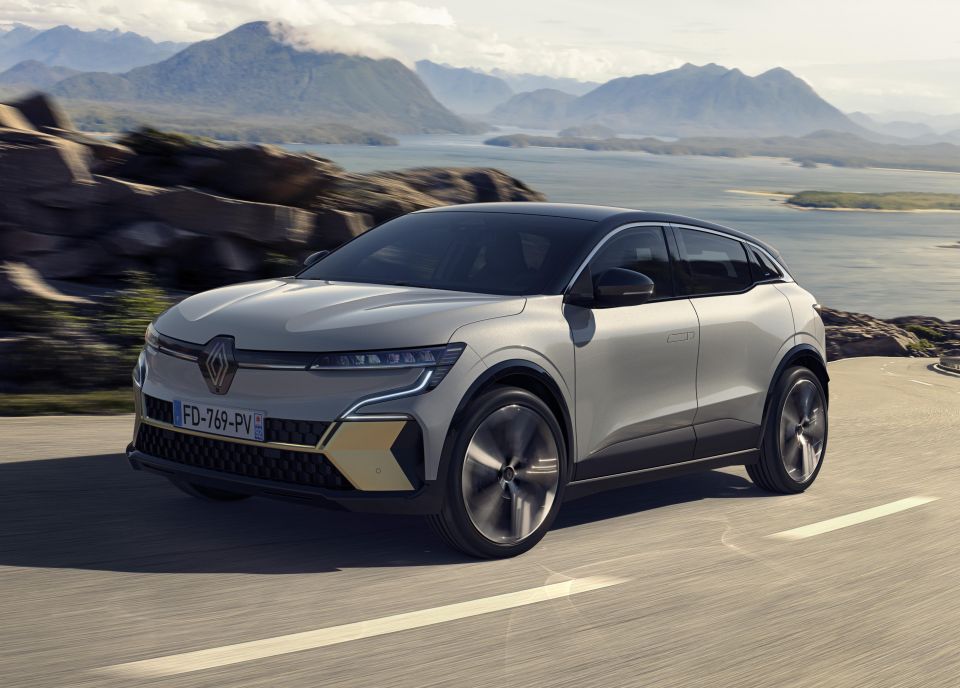
The ongoing 2022 result stands in stark contrast to the overall new vehicle market, down 3.5 per cent due to ongoing stock shortages across the board, caused by chip shortages and COVID shutdowns playing havoc with key suppliers.
No other car brand with comparable sales volume has come close to matching Renault’s 2022 growth story, although much smaller volume players such as Citroen, Lotus and Genesis have grown at higher percentages from tiny bases.
Renault’s top performer has been the Korea-built Koleos, which shares its underpinnings with the outgoing Nissan X-Trail but wraps them in a more chic body design. This mid-sized SUV has racked up 1202 sales in 2022.
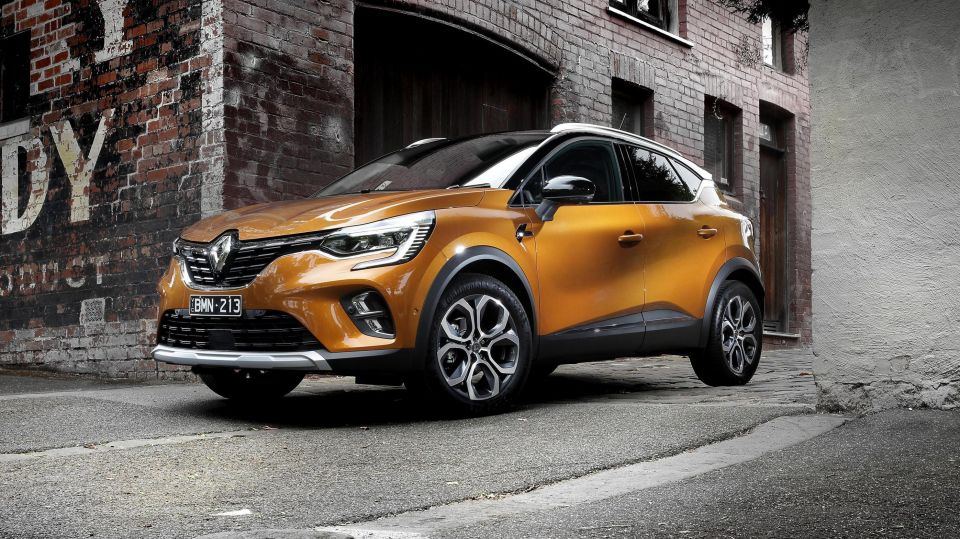
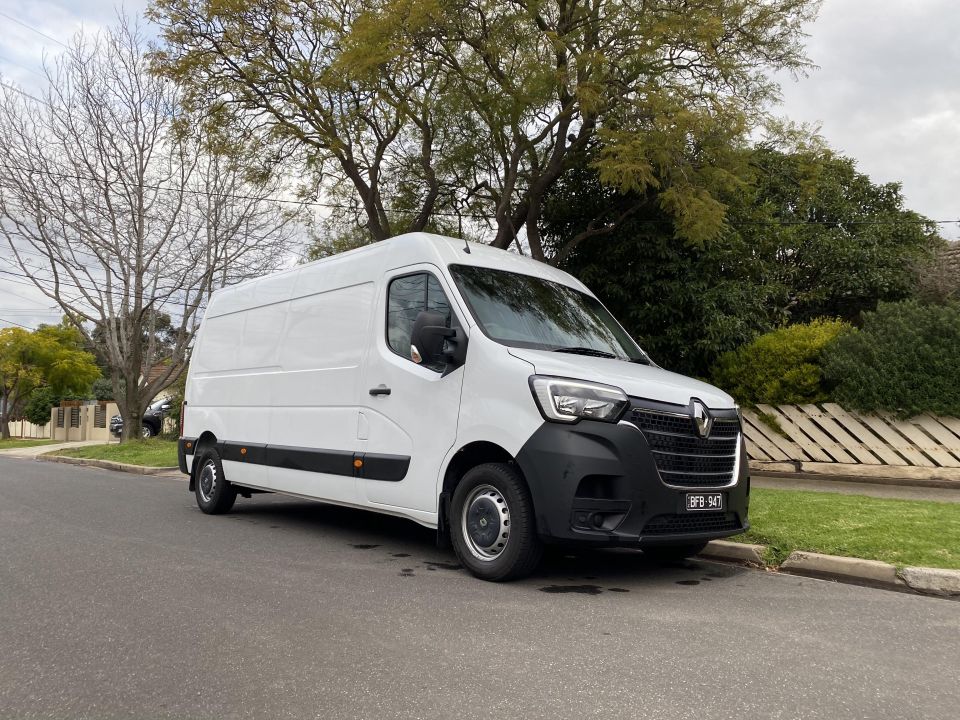

There are an even spread of performers from there, including the smaller Captur SUV (533 sales), Kangoo van (389), Master van and bus (360), and Arkana crossover (308). Only the Trafic van (300 sales, down from 719) has gone backwards relative to 2021.
Renault Australia went from being a full factory-backed operation to using a licensed distributor last year, with the new business structure entering operation on April 1, 2021.
As well as pushing new products into market (Captur and Arkana), Ateco also said two key agenda items were giving the brand more staff resources and re-energising its multi-franchise dealer network, to get them to give Renault more of their focus.
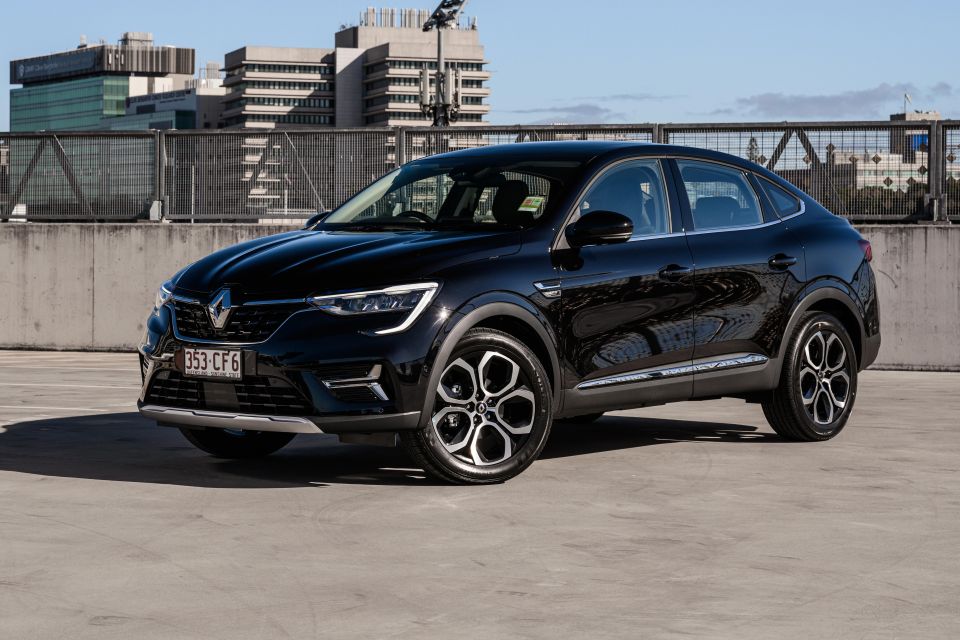
Speaking with CarExpert today, Ateco’s general manager for Renault Australia Glen Sealey said things were going well, but there was still plenty of work to be done.
“We had to really simplify how we did business, we had to engage with the network, make the business more customer-centric, and build the brand, they’re the core pillars,” he said.
“Supply has been problematic,” he added, suggesting sales could have potentially been even higher. Moreover, few brands are expecting their stock situations to get better before they get worse.
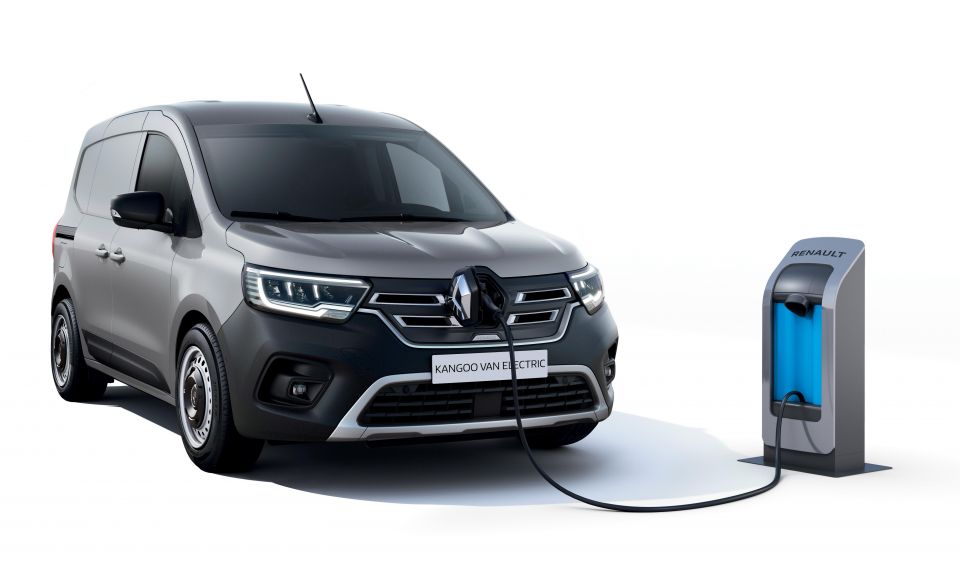
“We have to put Renault on that SUV shopping list… light, small or medium SUV. There’s still a lot of work to do [there],” Mr Sealey added.
“One of the things Renault has really going for it, is they’re terrific looking cars. It’s no good having the best-looking vehicles hidden away. We also like to get across the brand as European, but it’s also very human,” he added.
From a product perspective, Renault says the ageing Koleos has some gas in its tank, while the Captur and Arkana will ideally (from its perspective) become even more core models.
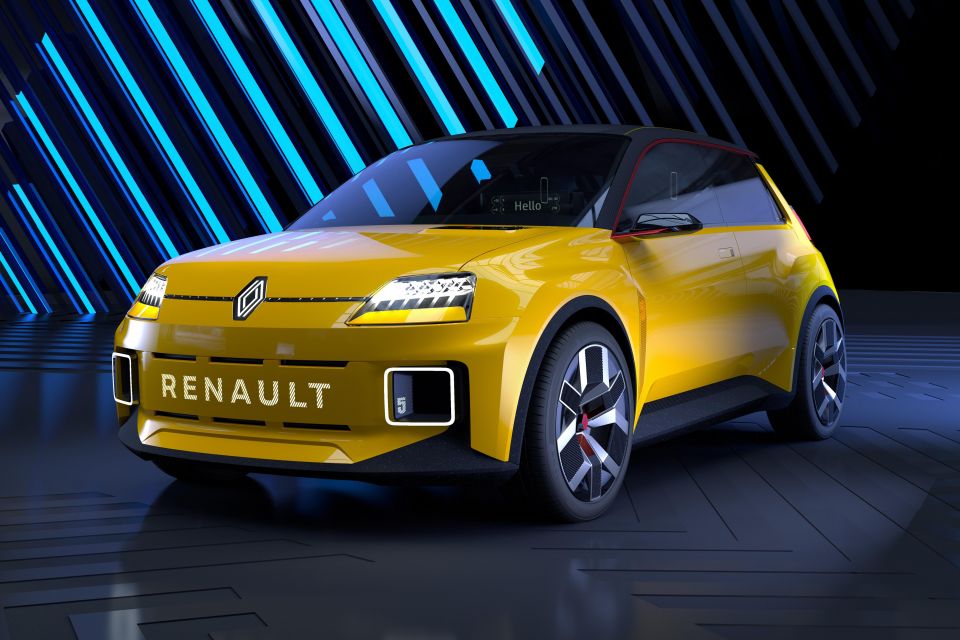
Moving into 2023, the company is expecting to secure two new electric cars: the new-shape Kangoo E-Tech electric van in the first quarter, and the Megane E-Tech crossover later that year.
“Any new product that’s announced from the EV side, we have our hands up for,” Mr Sealey added, including the reborn Renault 5 hatch.
We can safely expect more electrified products to be arriving in 2024-26, including European-market hybrids and potentially the reborn Scenic crossover, just previewed in concept from.
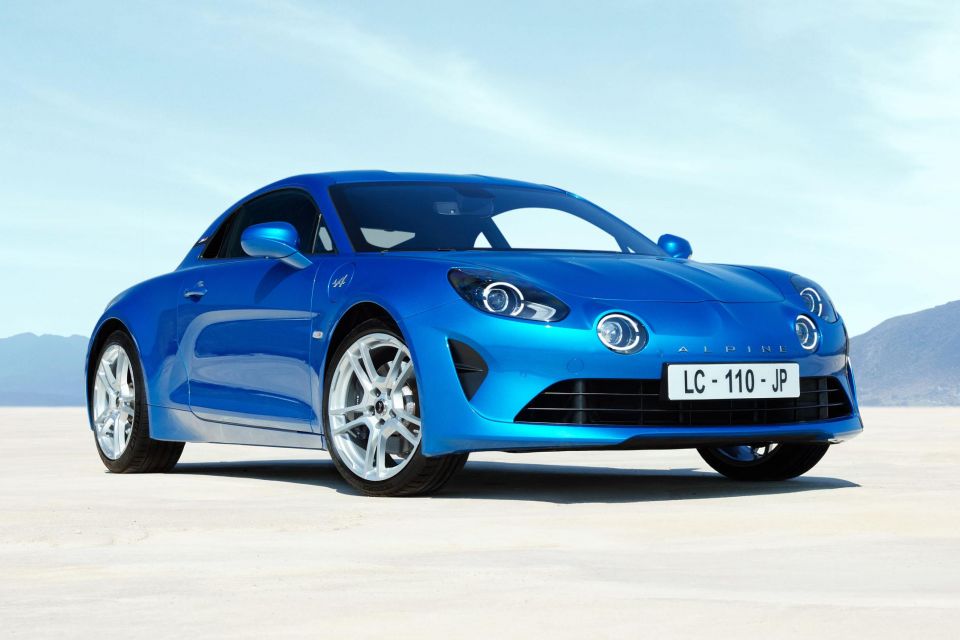
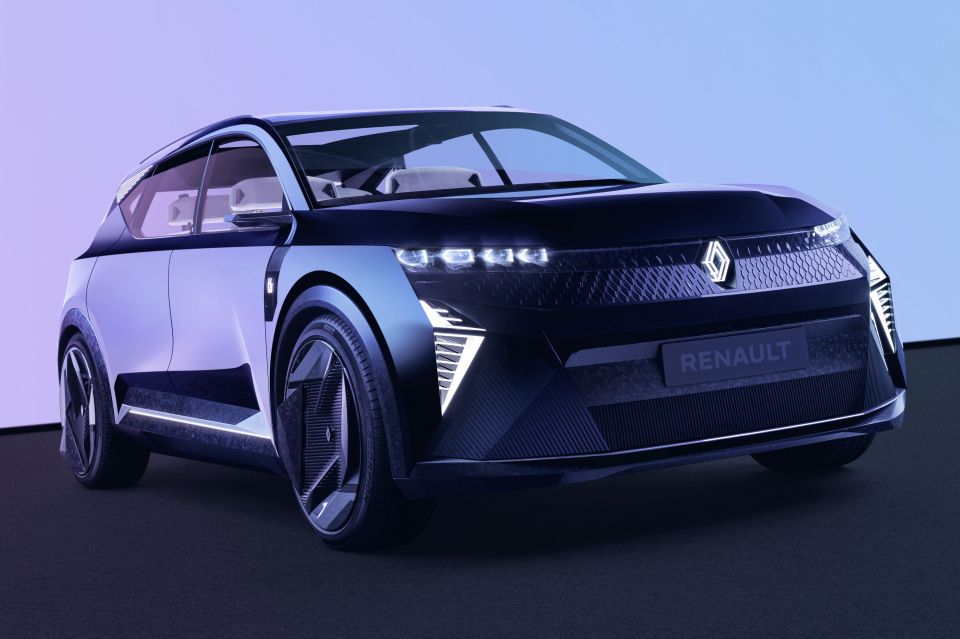
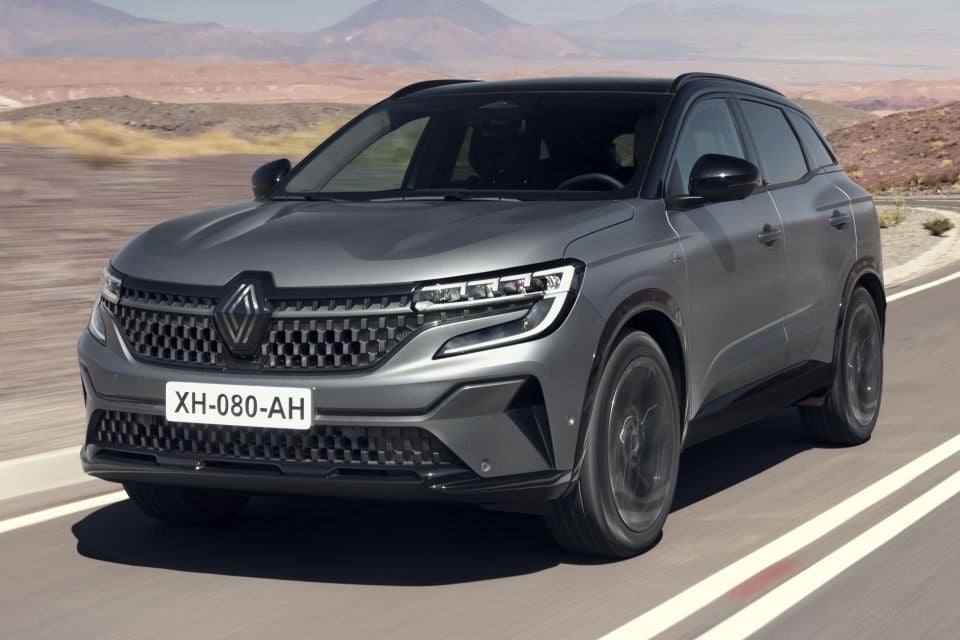
There’s also the new, Kadjar-replacing Renault Austral small SUV for Europe, which shares its bones with the new Nissan Qashqai. Regarding that car, Renault has previously said “we will be putting our hand up for any right-hand drive product and then evaluating it for our market”.
The company also continues to push the case to bring low-price Dacia products here, such as the next-generation Duster and the larger SUV previewed by the Bigster concept. These vehicles would wear Renault badges, as they do in South Africa, Mr Sealey said.
Another goal is to rebuild Renault’s performance credentials, which have dimmed since the death of the Clio R.S, although the Megane R.S endures. Renault is investing in the Alpine brand – headlined by its Formula One team – and future sports products are on the radar.
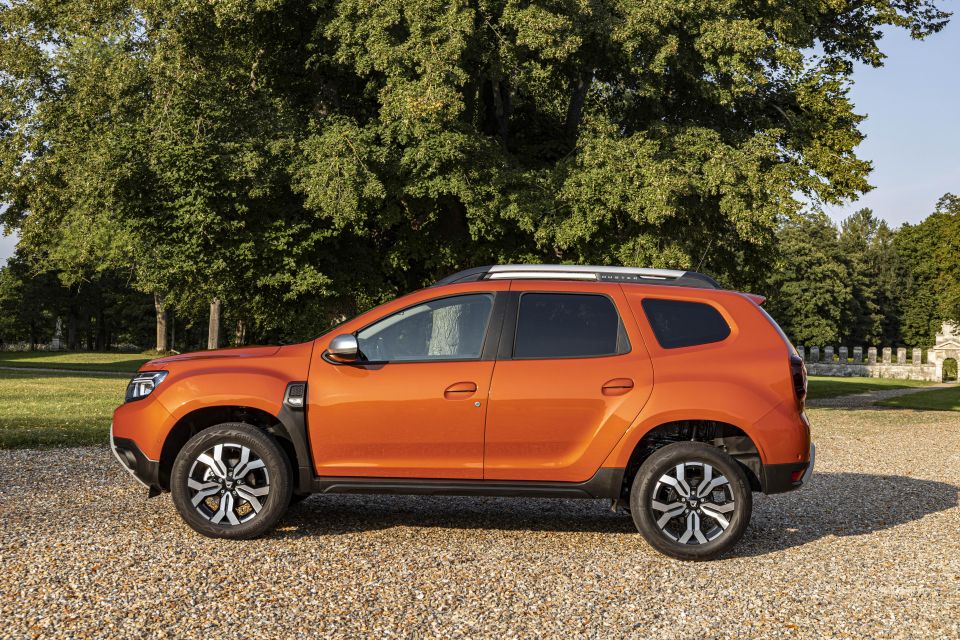
“The Australian public are receptive to new brands,” Mr Sealey added, referring to Alpine.
The retro, mid-engine coupe Alpine A110 coupe, a rival to the Porsche 718 Cayman, was killed off here last September after it failed to meet Australia-specific side-impact crash rules.
“We see good consistent growth between now and 2026/27,” finished Mr Sealey.
MORE: Renault Australia’s turnaround plan laid out, as Ateco takes reins
Where expert car reviews meet expert car buying – CarExpert gives you trusted advice, personalised service and real savings on your next new car.


Matt Campbell
5 Days Ago


James Wong
4 Days Ago


Max Davies
3 Days Ago


Josh Nevett
2 Days Ago


Josh Nevett
1 Day Ago
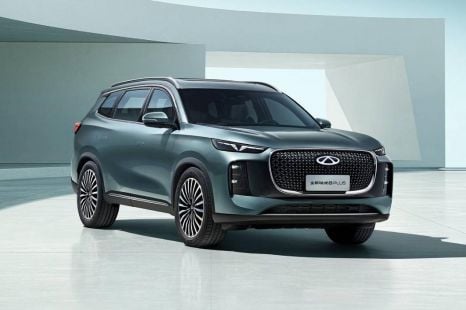

William Stopford
11 Hours Ago